The Mysteries of Easter Island’s Moai Statues: New Archaeological Insights into Their Transportation
For centuries, the towering stone figures known as the Moai have stood as silent sentinels on Easter Island, or Rapa Nui, captivating archaeologists, historians, and travelers alike. These monolithic statues, carved by the Rapa Nui people between the 13th and 16th centuries, have long puzzled researchers with their sheer size and the mystery of how they were transported across the island. Recent archaeological experiments have shed new light on this enigma, offering compelling evidence about the methods used to move these colossal figures.
The Moai and Their Cultural Significance
The Moai are more than just stone carvings; they are deeply intertwined with the spiritual and social fabric of the Rapa Nui people. Each statue, weighing up to 82 tons and standing as tall as 33 feet, was crafted from volcanic tuff quarried at Rano Raraku, a volcanic crater on the island. The statues were then transported—sometimes over distances of more than 10 miles—to ceremonial platforms called ahu, where they were erected to honor ancestral chiefs and deities. The question of how a society without wheels or large domesticated animals achieved this feat has fueled decades of speculation.
Early Theories and Controversies
Over the years, numerous theories have emerged to explain the transportation of the Moai. Some early researchers suggested that the statues were dragged horizontally on wooden sledges or rollers, while others proposed that they were moved in an upright position, "walked" by teams of laborers using ropes. The latter theory, popularized by archaeologists Terry Hunt and Carl Lipo, gained traction after experimental trials demonstrated that small teams could rock a replica Moai back and forth to simulate a walking motion. However, critics argued that this method would have caused significant damage to the statues’ bases, which is not evident on the ancient Moai.
Groundbreaking Experiments in 2023
In 2023, a team of archaeologists and engineers conducted a series of field experiments on Easter Island, testing a revised version of the "walking" hypothesis. Using a 3D-printed replica of a Moai scaled down to five tons, the team demonstrated that a combination of rocking and lateral shifting could move the statue efficiently without causing damage. Crucially, they found that embedding the statue’s base in a prepared path of compacted soil and gravel reduced friction and minimized wear. This discovery aligns with ancient paths on the island that show signs of deliberate engineering, suggesting the Rapa Nui people may have used similar techniques.
Implications for Rapa Nui Society
The success of these experiments not only provides a plausible explanation for how the Moai were transported but also offers insights into the sophistication of Rapa Nui society. The construction of engineered pathways and the coordination required to move the statues point to a highly organized community with advanced knowledge of physics and logistics. This challenges earlier narratives that portrayed the Rapa Nui people as ecologically reckless or technologically primitive, instead highlighting their ingenuity and adaptability.
Unanswered Questions and Future Research
While these experiments have brought us closer to understanding the Moai’s transportation, many questions remain. How were the largest statues, some weighing over 80 tons, moved without modern machinery? What role did religious or communal rituals play in the process? Future research, including the analysis of soil samples from ancient pathways and computer simulations of different transport methods, may provide further answers. For now, the Moai continue to guard their secrets, reminding us of the enduring mysteries of human achievement.
Conclusion: A Testament to Human Ingenuity
The Moai of Easter Island stand as a testament to the creativity and resilience of the Rapa Nui people. The latest archaeological experiments not only demystify aspects of their construction and transport but also deepen our appreciation for a civilization that accomplished so much with limited resources. As research continues, the story of the Moai serves as a powerful reminder of what humanity can achieve when knowledge, cooperation, and determination converge.
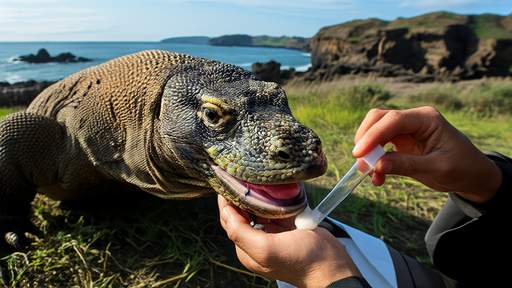
By /Jun 5, 2025
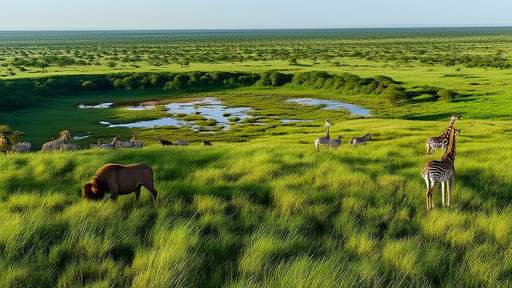
By /Jun 5, 2025
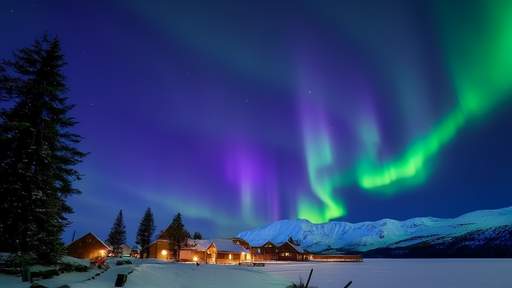
By /Jun 5, 2025
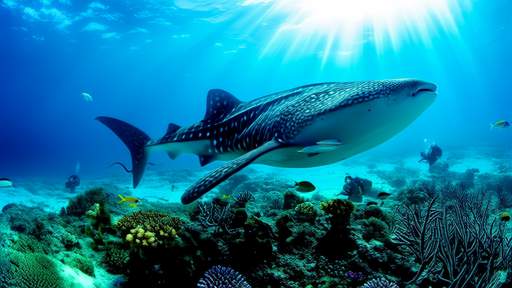
By /Jun 5, 2025
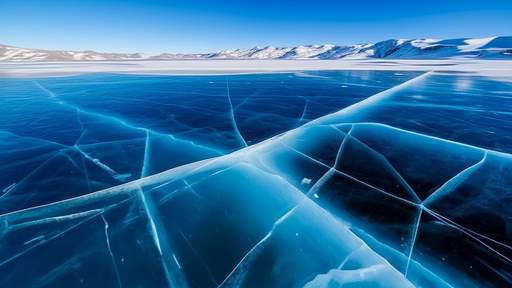
By /Jun 5, 2025
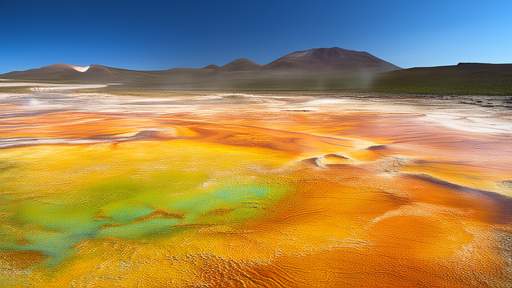
By /Jun 5, 2025
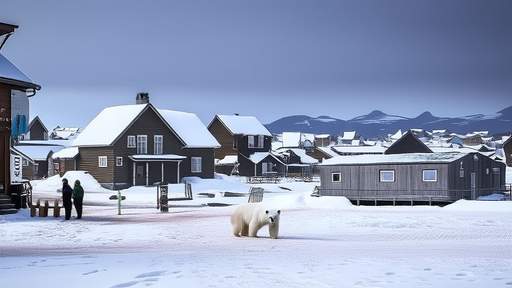
By /Jun 5, 2025
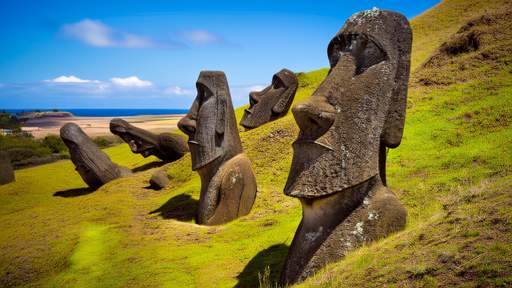
By /Jun 5, 2025

By /Jun 5, 2025

By /Jun 5, 2025
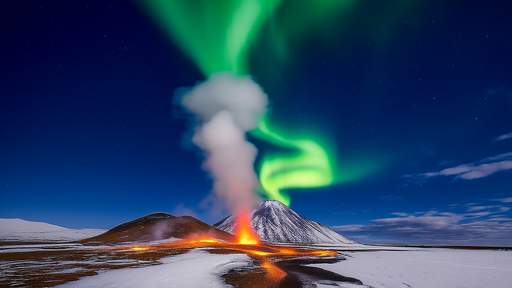
By /Jun 5, 2025

By /Jun 5, 2025
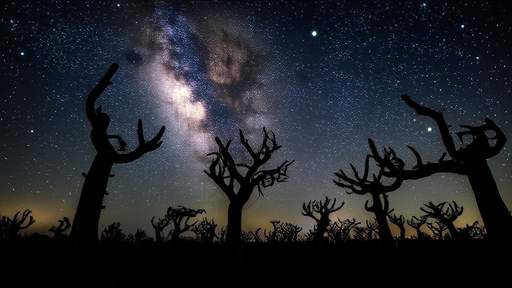
By /Jun 5, 2025
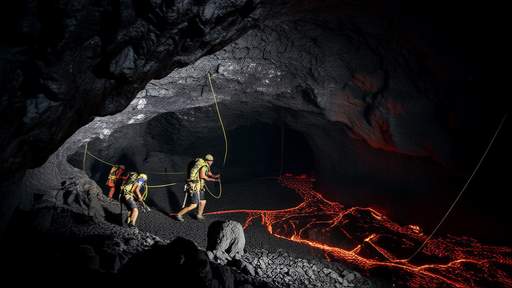
By /Jun 5, 2025
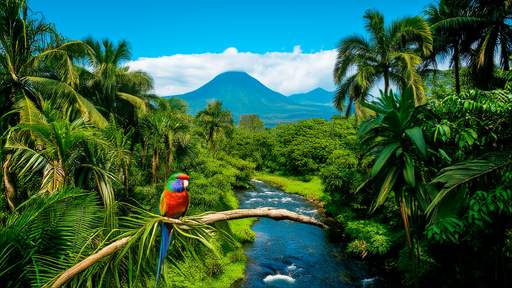
By Victoria Gonzalez/Jun 4, 2025
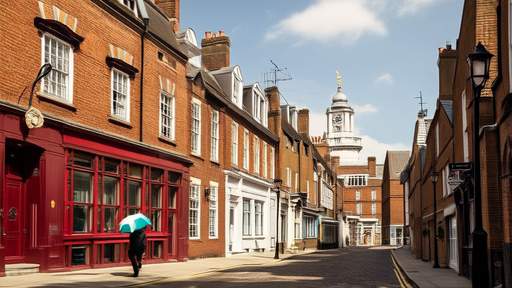
By Grace Cox/Jun 4, 2025

By Sophia Lewis/Jun 4, 2025
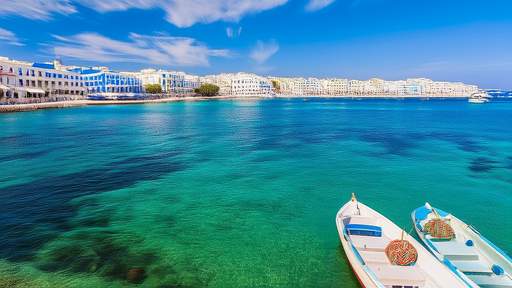
By Elizabeth Taylor/Jun 4, 2025
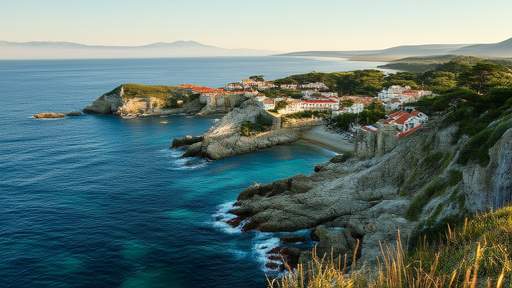
By Megan Clark/Jun 4, 2025

By Megan Clark/Jun 4, 2025